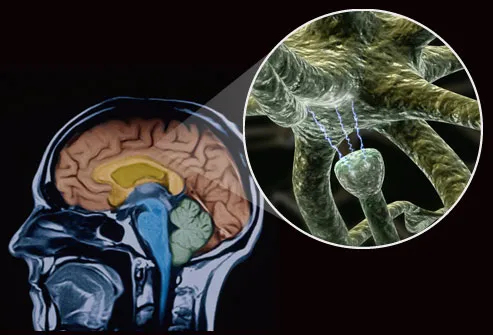The author comes dangerously close to a relapse, but lives to fight another day.
Mood music for this entry: “Accidents Can Happen,” by Sixx A.M.:
[youtube=http://www.youtube.com/watch?v=Nan4Kdtz-9w&hl=en_US&fs=1&]
It was bound to happen sooner or later. That moment where the addiction would come calling again. [Instead of retreading my history of addiction here, I’ll point you toward the entry that gets into it all: A Most Uncool Addiction.]
I put down the flour and sugar — my whiskey and/or crack — on Oct. 1, 2008 and dropped 65 pounds on the spot. Thursday night was the first time since then that the food came calling.
Here’s how it works:
You’re going about your business and all seems well, then maybe you spot some food on the table that you USED to binge on. You walk away, but the vision of the food sticks in your mind like the edge of a knife. You walk back toward the food without actually realizing you’re doing it. Before you have time to process what’s happening in your thoughts, the food is in the mouth.
The good news is that I didn’t touch the flour or sugar in the end. My abstinence from those ingredients remains intact. But the other part of my program, where almost everything I eat goes on a little scale, faltered. Not terribly. But enough for me to stop and realize I was in the perfect position for a full-blown relapse.
My first brush with potential relapse is unsettling, to say the least. When you work so hard to get to a certain point and come close to throwing it away, it’s downright scary.
This morning I’m feeling the bloat. I’m sure it’s because my dinner didn’t go on the scale as it should have. I was at a restaurant, celebrating my step-mom’s birthday. I ordered the right things, but didn’t pay enough attention to how much was on the plate.
I awoke to the realization that I need to reign it in and double down on the usual discipline.
The good news is that, unlike previous times where I would lose my way with the food, I’m not walking around in a depressed fog. My mind is pretty clear right now. I know what I have to do.
That is an important sign in my evolution. I may still screw up on occasion, but instead of descending into weeks and months of binge eating, I’m poised for a quick rebound.
That’s real progress.
I’m also awakened to the fact that all addicts are at risk for a sudden relapse. You can be right as rain, and then you’re falling down before you can even process what’s happening.
The reason I include that Sixx A.M. video above is because it speaks so clearly on the problem at hand. Nikki Sixx fought heroin and other addictions for many years. He has gone from stone-cold sober to full-blown relapse and knows how it can potentially break a person for good.
The point of the song is that, as the title says, accidents can happen. The part of the song that really cuts to the core is this chorus:
And you know that accidents can happen
And it’s okay,
We all fall off the wagon sometimes
It’s not your whole life
It’s only one day
You haven’t thrown everything away.
The reason those lines are so powerful is that as addicts, we truly believe we’ve thrown it all away when we screw up. There’s the feeling that to fall off the wagon is to undo weeks, months or years of progress; to be right back to square one, as if the program of recovery never happened.
I’ve been there before. Not this time.
In one sense, I’m lucky because I didn’t lapse back into the ingredients and binge behavior of years past. Maybe that makes it easier for me to regain my footing.
But I also think I’m lucky because I’ve experienced some true growth, the kind where setbacks make you stronger instead of undoing you.
So for today, I’m thanking God that I had a fender bender and not a head-on crash. I’m tightening the eating today, not tomorrow or New Year’s Day. The fix starts now.
And since I’m in between OA sponsors, I’m going to stop dragging my heels and get a new one. It’s critical to have someone to kick you in the ass in times like these.
Break time is over.
To be able to get back up and move on, for me, is so absolutely huge.
I Thank God for that.
I’ll end by pointing you toward another song that sums up my closing lines here– “Broken, Beat and Scarred” by Metallica:
[youtube=http://www.youtube.com/watch?v=u5ACdgebi4c&hl=en_US&fs=1&]









